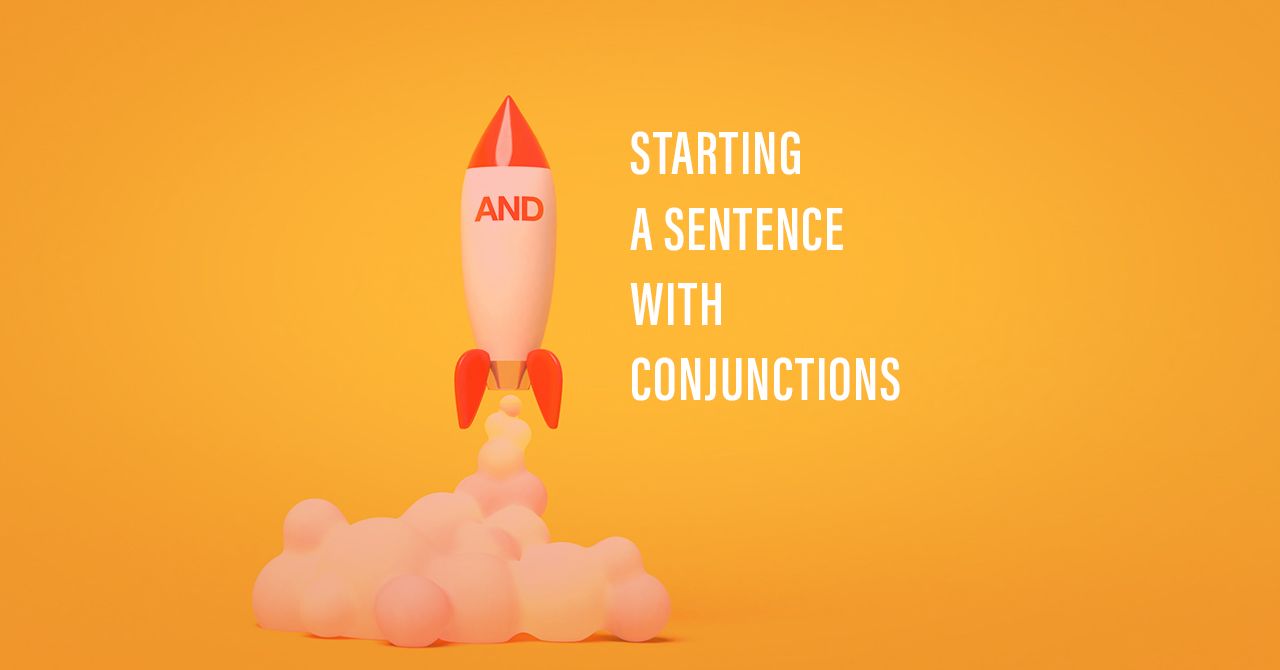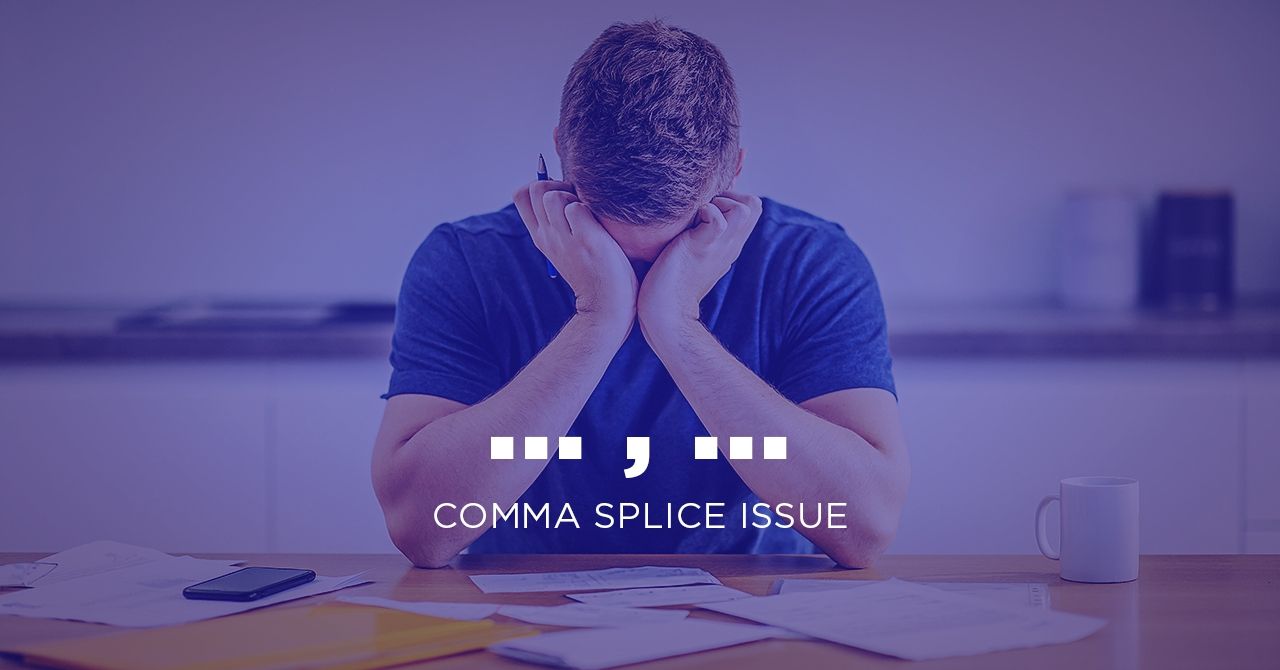Which is correct
Find correct options for writing and using some words and expressions

Can You Start a Sentence With “And” or Other Conjunctions?
The truth is, there’s nothing wrong with starting sentences with conjunctions. In fact, it can even make things better if done properly.

Tone vs. Mood: learn how they differ and use them wisely
Tone and mood are closely related elements of writing. Both are essential when it comes to the impact of the written content.

What are Subject and Object Pronouns, and How to Recognize Them?
There are three types of personal pronouns, two of which are used in almost every sentence — subject pronoun and object pronoun.

How to Decide Whether to Use Toward or Towards?
“Toward” is a word dating back to Old English, where it was a portmanteau of to and -weard, a suffix indicating direction. It existed thus in the developing English language for centuries.

“Despite” is Not “Inspite” But “In Spite Of”
Despite and in spite of are a preposition and a three-word prepositional phrase that have the same meaning. We use them to show the contrast between something that’s expected and a different outcome.

As Well As With a Comma: Yes or No?
Usually, you do not need to put a comma before “as well as.”

Lier or Liar? What to Use?
The word lier is so uncommon that 9 times out of 10, the word you’re looking for will in fact be liar.

What is a Comma Splice and How to Fix It?
When two independent clauses accidentally (or deliberately) get spliced by a comma — instead of being separated by a semicolon or period — that’s called a comma splice.